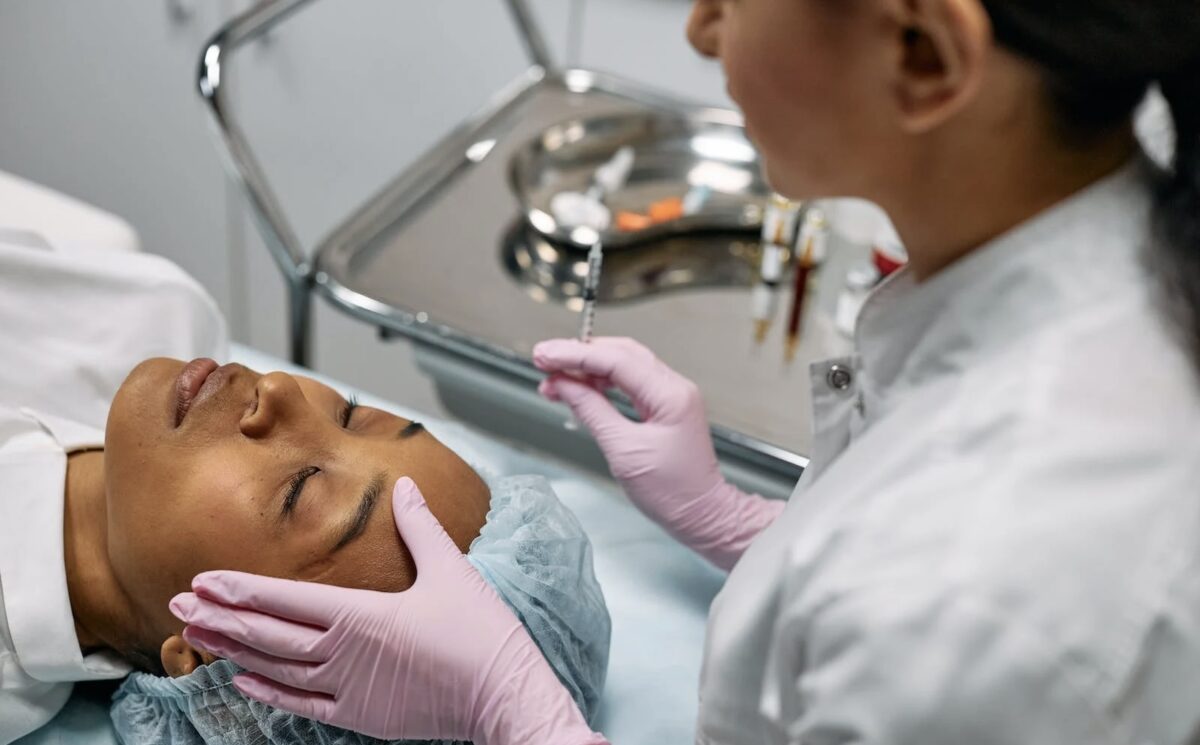One of the signs of ageing is loss of volume at the temples. In order to negate this, fillers provide the option to increase the volume in this temple region. They also result in gently lifting the lower and mid face. Hyaluronic acid (HA) filler injections are one of the most popular nonsurgical cosmetic procedures worldwide and this is one of the fillers used in the temple area.
Alopecia following filler injection is a newly reported complication of dermal fillers, following the posterior temple lifting technique. Six cases of non-scarring alopecia that were caused after this temporal lifting procedure using HA dermal fillers were reported and these were published in the Journal of the American Academy of Dermatology in May 2023.
The key symptoms noted were burning and scalp pain that occurred within hours ( 2-24hrs) of the procedure. The patients were injected with high doses of hyaluronidase to reverse the dermal filler which eventually eased the pain. After 2-3 weeks, patients suffered from itching and shedding of hair.
The researchers hypothesis is that compromised blood flow by the increased pressure of the bolus filler, even if short lasting, abruptly interrupts vital blood supply to the hair follicles and contributes to sudden termination of the anagen phase, inducing anagen effluvium resulting in hair shedding. It was also mentioned that these types of complications have been reported with other fat and calcium hydroxyapatite fillers.
Regrowth of hair started from 3 months to 12 months

